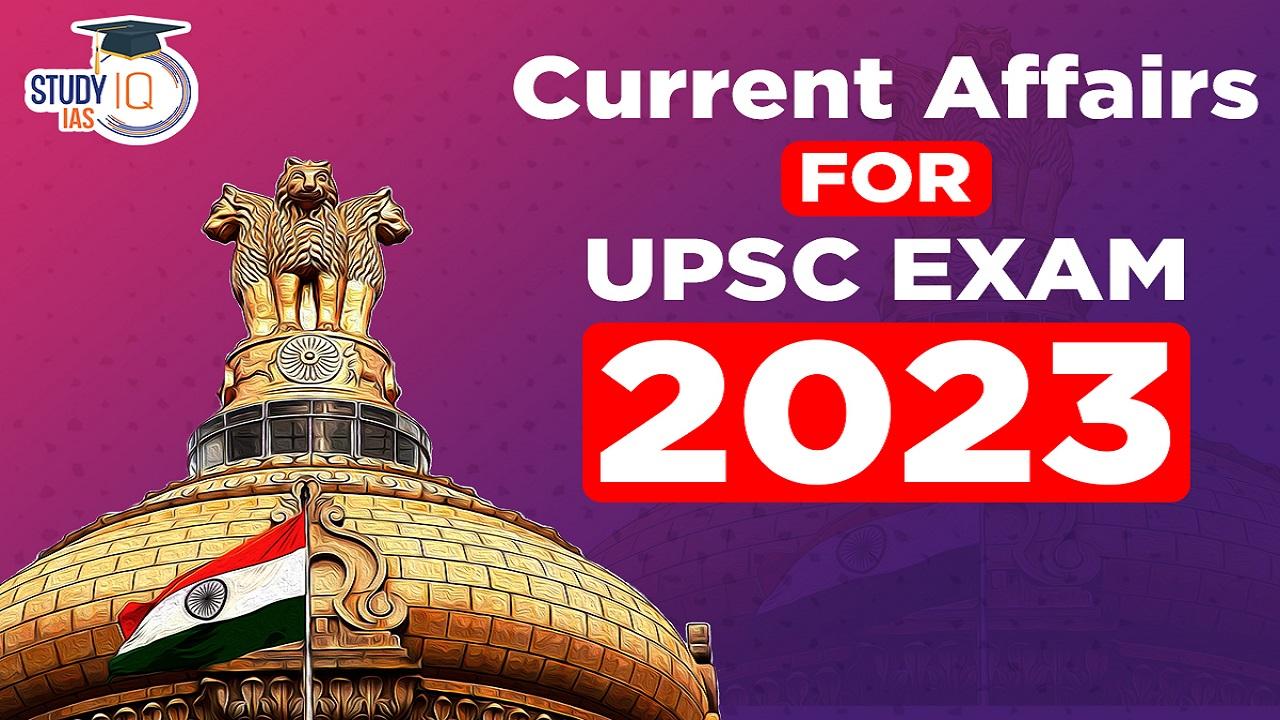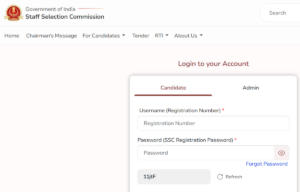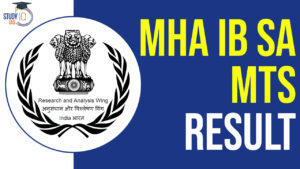Current Affairs 25th September 2023 for UPSC Prelims Exam
Pacific Islands Forum
Context: The U.S. President, Joe Biden, will host a two-day U.S.-Pacific Island Forum summit at the White House.
About the Pacific Islands Forum
- Pacific Islands Forum (PIF), formerly the South Pacific Forum, is a framework of regional cooperation founded in 1971.
- Objective: Enhancing regional cooperation between the Pacific Island countries.
- Members of the Forum: It comprises 18 members: Australia, Cook Islands, Federated States of Micronesia, Fiji, French Polynesia, Kiribati, Nauru, New Caledonia, New Zealand, Niue, Palau, Papua New Guinea, Republic of Marshall Islands, Samoa, Solomon Islands, Tonga, Tuvalu, and Vanuatu.
- The Forum currently recognises 18 dialogue partners: Canada, People’s Republic of China, Cuba, European Union, France, Germany, India, Indonesia, Italy, Japan, Republic of Korea, Malaysia, Philippines, Spain, Thailand, Turkey, United Kingdom and the United States.
- In October 2000, the South Pacific Forum (SPF) was renamed as the PIF.
- PIF is a United Nations General Assembly observer.

Understanding the Observer Status by the United Nations
- The United Nations General Assembly may grant non-member states, international organizations and other entities Permanent Observer Status.
- The status of a Permanent Observer is based purely on practice, and there are no provisions for it in the United Nations Charter.
- Observers have the right to speak at United Nations General Assembly meetings, but not to vote on resolutions.
- The grant of observer status is made by the General Assembly only; it is not subject to a Security Council veto.
Current Affairs 23rd September 2023 for UPSC Prelims Exam
National e-Vidhan Application (NeVA)
Context: The National e-Vidhan Application (NeVA) has been introduced in the Punjab Assembly, marking the transition to a paperless system for assembly activities.
About National e-Vidhan Application (NeVA)
- Definition: It is a system for digitizing the legislative bodies of all Indian states and the Parliament through a single platform.
- Nodal Ministry: Ministry of Parliamentary Affairs.
- Working:
- NeVA is a device neutral and member centric application.
- It has been created to equip State Legislatures to handle diverse House Business smartly by putting entire information regarding member contact details, rules of procedure, bills, starred/unstarred questions and answers, committee reports etc. in their hand- held devices/ tablets.

- Significance:
- NeVA is one of the 44 Mission Mode Projects (MMPs) under the “Digital India Programme” of Government of India which aims to make the functioning of all the State Legislatures paperless by transforming them into ‘Digital House’.
- The NeVA system has been developed to make all the work and data related to legislative bodies available online for the use of both citizens and the members of Assemblies.
- It includes a website and a mobile app.
- It is a revolutionary step aimed at making the legislatures more effective and responsive.
- This initiative will save thousand tons of papers which in turn would help in saving lakhs of trees annually.
- Nagaland was the first state to implement NeVA, in March 2022.
- In December 2022, the Government of Dubai became the world’s first government to go 100% paperless.
- Challenges:
- Access, particularly for legislators representing rural constituencies, to devices and reliable internet and electricity has been an issue.
- Lack of training and heightened concerns over security are some more recent issues in the road to digitization.
Galactic Tides
Context: Just as the earth’s oceans at their shores, the universe’s galaxies also experience tides, but on a much larger scale.
What are Galactic Tides?
- Galactic tides are the tidal forces experienced by objects affected by the gravitational field of galaxies, such as the Milky Way.
- Formation: These tidal forces are caused by the uneven distribution of mass within a galaxy.
- The gravitational pull from the most massive parts of the galaxy, such as the central bulge and dark matter halo, is stronger than the pull from the less massive parts of the galaxy, such as the disk and spiral arms.
- This uneven pull creates a tidal force that acts on all objects within the galaxy.
- The strength of the tidal force depends on the mass of the galaxy and the distance from the center of the galaxy.
- Objects that are closer to the center of the galaxy experience a stronger tidal force than objects that are farther away.
- This is why the stars in the central bulge of a galaxy are typically older and more densely packed than the stars in the disk and spiral arms.
Effects of Galactic Tides
- Disrupting dwarf galaxies: Dwarf galaxies are small galaxies that orbit larger galaxies. The tidal forces from the larger galaxy can pull the dwarf galaxy apart, forming stellar streams and globular clusters.
- Forming tidal tails: During close encounters or collisions, tidal forces can pull stars and gas away from galaxies, forming long tidal tails.
- Warping and distorting galaxies: Tidal forces can warp and distort galaxies, especially small galaxies with low mass.
- Triggering star formation: Tidal forces can compress and heat gas, making it more likely to collapse and form stars.
- Dislodging comets: For example, The Milky Way’s tidal effect on the Oort cloud, a spherical cloud of icy bodies that surrounds our solar system. The Oort cloud is thought to be the source of long-period comets, and galactic tides can periodically dislodge comets from the Oort cloud and send them hurtling towards the inner solar system.
Mission Indradhanush
Context: The implementation of the immunization wheel as part of Mission Indradhanush has proven beneficial in Uttar Pradesh by enabling ASHA workers to monitor and record newborn immunizations effectively.
More on News
- The immunization wheel, called a ‘teekakaran chakra’, is a simple plastic-laminated cardboard that consists of two discs.
- ASHA workers use the wheel to match a birthdate to the first vaccine. The rest of the dates for year one of an infant’s life fall into place, without the need for manual calculation.
- This will help them work with greater efficiency at the village level, and achieve more than 90% vaccine coverage.
- There is a pictorial indication of whether the vaccine is a jab (syringe vector) or will be orally administered (drop vector).

About Mission Indradhanush (MI)
- Definition:
- Launched in 2014 by the Central Government, it is a special catch-up campaign under the Universal Immunization Program (UIP).
- It is conducted in the areas of low immunization coverage to vaccinate all the children and pregnant women left out or dropped out from Routine Immunization.
- Under MI, the government has identified 216 high focus districts across the country majorly in Uttar Pradesh and Bihar that account for 38% and 10%, respectively, of the total missed children.
- The states of Maharashtra, Rajasthan, Gujarat, Madhya Pradesh and Assam account for 30% of the total missed children.
- Nodal Ministry: Ministry of Health & Family Welfare
- Goals:
- To rapidly increase the full immunization coverage to 90%.
- To reduce child mortality.
- To ensure that all children under the age of 2 years and pregnant women are fully immunized with all available vaccines.
- Diseases Covered:
- The mission initially aimed to immunize unvaccinated and partially vaccinated children of the country against seven vaccine preventable diseases.
- These diseases were identified as diphtheria, whooping cough, tetanus, polio, tuberculosis, measles and hepatitis-B.
- Later, the basket of vaccines was expanded to cover 12 diseases including pertussis, meningitis and pneumonia (Hemophilus influenza type B infections), Japanese encephalitis (JE).
- The mission initially aimed to immunize unvaccinated and partially vaccinated children of the country against seven vaccine preventable diseases.
- Need:
- Every year in India, 5 lakh children die due to vaccine-preventable diseases and another 89 lakh children remain at risk, because they are either unimmunized or partially immunized against vaccine-preventable diseases.
- Partially immunized and unimmunized children are most susceptible to childhood diseases and are at a much higher risk of dying as compared to fully immunized children.
- Success:
- India’s Universal Immunization Programme is the largest in the world, with annual cohorts of around 26.5 million infants and 29 million pregnant women.
- Eleven phases of Mission Indradhanush have been completed covering 701 districts across the country.
- 4.45 Crore Children and 1.2 Crore Pregnant Women have been vaccinated.
- First two phases of Mission Indradhanush resulted in 6.7% increase in full immunization coverage in a year.
- The mission had also been acknowledged as having one of the 12 best practices globally.
Intensified Mission Indradhanush (IMI):
- It was launched in 2017 by the Central Government to further intensify the immunization programme.
- It aimed to achieve 90% Full Immunization Coverage (FIC) with focus towards districts and urban areas with persistently low levels.
- It aimed to mobilize communities and deal with barriers to seeking vaccines.
Intensified Mission Indradhanush (IMI) 2.0:
- It was introduced to ensure reaching the unreached with all available vaccines and accelerate the coverage of children and pregnant women in the identified districts and blocks from December 2019-March 2020.
Intensified Mission Indradhanush (IMI) 3.0:
- It was launched in 2020 and it focused on the children and pregnant women who have missed their vaccine doses during the COVID-19 pandemic.
Intensified Mission Indradhanush (IMI) 4.0:
- The COVID-19 pandemic had disrupted essential immunization services due to multiple reasons.
- Intensified Mission Indradhanush (IMI) 4.0 was launched in 2022 to catch up on the gaps that might have emerged due to the COVID-19 pandemic.
OSIRIS-Rex Mission
Context: NASA’s OSIRIS-REx spacecraft successfully returned to Earth, bringing back samples of asteroid Bennu that it collected in 2020.
About the OSIRIS-Rex Mission
- The name OSIRIS-REx stands for “Origins, Spectral Interpretation, Resource Identification, Security, Regolith Explorer.”
- It is a NASA spacecraft mission designed to study the near-Earth asteroid called Bennu.
- It was launched in 2016, and it arrived at asteroid Bennu in December 2018.
- After nearly two years in orbit, it gathered a sample of surface material with its robot arm on October 20, 2020.

- Aim: To collect a sample weighing at least 2.1 ounces (59.5 grams) from asteroid 101955 Bennu and then bring the sample to Earth.
- Significance: The mission will aid scientists in studying planetary formation, the origins of life, and enhancing our knowledge of asteroids with potential impacts on Earth.
About the Asteroid Bennu
- It is a B-type asteroid, located about 200 million miles away from the Earth.
- It was discovered by the NASA-funded Lincoln Near-Earth Asteroid Research team in 1999.
- It is named after the Bennu, the ancient Egyptian mythological bird associated with the Sun, creation, and rebirth.
- According to NASA, it likely formed in the Main Asteroid Belt between Mars and Jupiter.
Understanding Asteroids
- Asteroids are rocky objects that orbit the Sun, much smaller than planets. They are also called minor planets.
- Asteroids are believed to be remnants from the early solar system, dating back over 4.6 billion years.
- Classification Based on Orbital Characteristics and Location:
- Main Asteroid Belt: First are those found in the main asteroid belt between Mars and Jupiter, which is estimated to contain somewhere between 1.1-1.9 million asteroids.
- Trojans: The second group is that of trojans, which are asteroids that share an orbit with a larger planet. NASA reports the presence of Jupiter, Neptune and Mars trojans. In 2011, they reported an Earth trojan as well.
- Near-Earth Asteroids: The third classification is Near-Earth Asteroids (NEA), which have orbits that pass close to the Earth.
- Those that cross the Earth’s orbit are called Earth-crossers.
- More than 10,000 such asteroids are known, out of which over 1,400 are classified as potentially hazardous asteroids (PHAs).
- Classification based on Composition: Majority of asteroids fall into the following three categories:
- C-type (carbonaceous): Includes more than 75 percent of known asteroids. Very dark with an albedo of 0.03-0.09. Composition is thought to be similar to the Sun, depleted in hydrogen, helium, and other volatiles. C-type asteroids inhabit the main belt’s outer regions.
- B-type asteroids are a relatively uncommon type of carbonaceous asteroid, falling into the wider C-group; the ‘B’ indicates these objects are spectrally blue.
- S-type (silicaceous): Accounts for about 17 percent of known asteroids. Relatively bright with an albedo of 0.10-0.22. Composition is metallic iron mixed with iron- and magnesium-silicates. S-type asteroids dominate the inner asteroid belt.
- M-type (metallic): Includes many of the rest of the known asteroids. Relatively bright with an albedo of 0.10- 0.18. Composition is apparently dominated by metallic iron. M-type asteroids inhabit the main belt’s middle region.
- C-type (carbonaceous): Includes more than 75 percent of known asteroids. Very dark with an albedo of 0.03-0.09. Composition is thought to be similar to the Sun, depleted in hydrogen, helium, and other volatiles. C-type asteroids inhabit the main belt’s outer regions.


 SSC CGL Apply Online 2024, Last Date Tod...
SSC CGL Apply Online 2024, Last Date Tod...
 SSC Stenographer 2024 Notification Out a...
SSC Stenographer 2024 Notification Out a...
 IB SA MTS Final Result 2024 Out at mha.g...
IB SA MTS Final Result 2024 Out at mha.g...

















